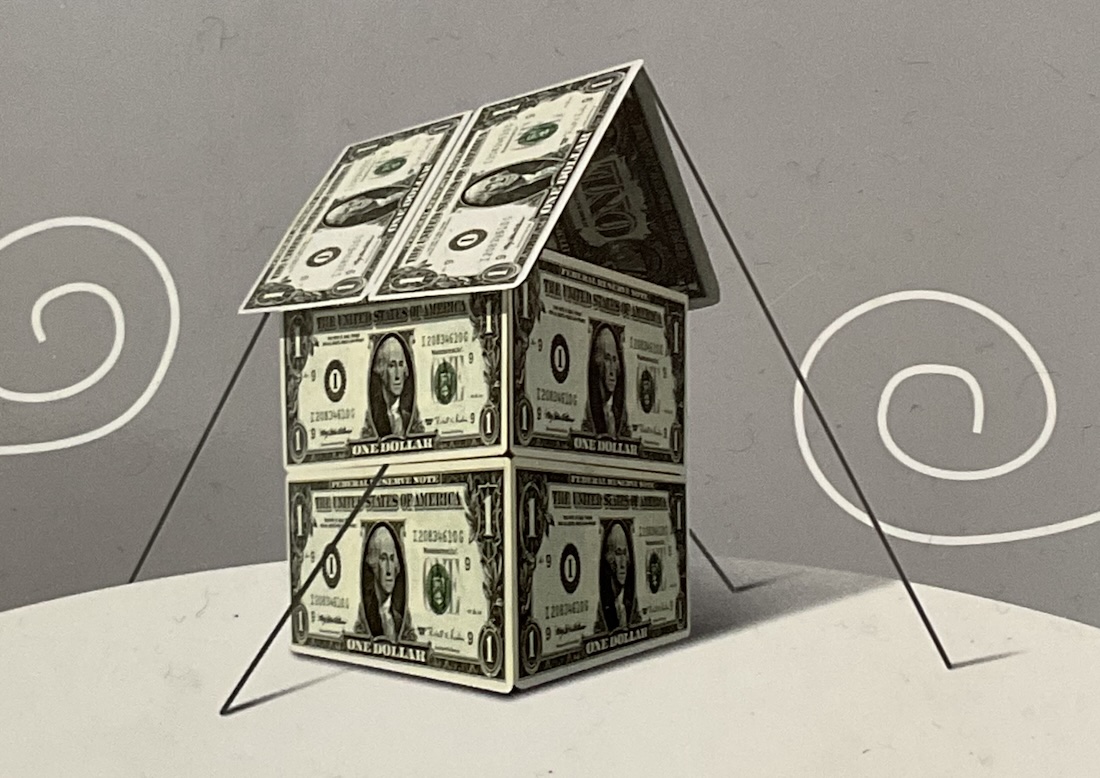Rate Hikes, Quantitative Tightening and Their Consequences

Posted January 31, 2018
The previous Macro Watch video explained the evolution of US Monetary Policy over the last century by analyzing changes in the composition of the Fed’s assets and liabilities between 1914 and 2016. Today’s video examines how the Fed is conducting Monetary Policy now. It also considers the impact that current Monetary Policy is likely to have on the stock market and property prices.
The Fed is now tightening Monetary Policy much more aggressively than is generally understood. It is pushing short-term interest rates higher by hiking the Federal Funds Rate. And it is pushing long-term interest rates higher by destroying Money through Quantitative Tightening. This video describes the unusual steps the Fed is having to take to make interest rates move up.
It is not as easy to tighten Monetary Policy as it was in the past. The Fed created $3.5 trillion to prevent the Crisis of 2008 from sinking the world into a new Great Depression. That policy worked. However, all the money the Fed created then makes it much more difficult for the Fed to tighten Monetary Policy now. To make the Federal Funds Rate move higher, the Fed now has to pay interest on the Reserves the commercial banks hold at the Fed. To make longer-term interest rates move higher, the Fed has decided to destroy money by shrinking the size of its balance sheet. This video explains each of these operations, in turn.
Between now and the end of 2019, the Fed will extract more than $1 trillion from the financial markets through Quantitative Tightening. Just as Quantitative Easing created money and pushed asset prices higher, Quantitative Tightening will destroy money and cause asset prices to fall. Market participants are still greatly underestimating the damage that the destruction of $1 trillion is likely to inflict on asset prices over the next 24 months. In fact, if the Fed continues to tighten in line with its current plans, asset prices could crash, credit could contract and the economy could fall back into severe recession.
Quantitative Tightening will also be expensive. It will cost American taxpayers hundreds of billions of dollars over the next decade. There is a much cheaper way for the Fed to accomplish its goals. This video explains how it should be done.
Monetary Policy is the government’s most effective economic policy tool. It is also the most important factor driving asset prices. This two-part Macro Watch series lays out everything you need to know about how the government conducted Monetary Policy in the past and how it is conducting Monetary Policy now. This is invaluable information for those who want to anticipate the direction that Monetary Policy will take in the future. Investors who can do that successfully are likely to be very handsomely rewarded.
Macro Watch subscribers can log in and watch this video now. It is 20 minutes long and contains 35 downloadable charts.
If you have not yet subscribed to Macro Watch and would like to, click on the following link:
SUBSCRIBE TO MACRO WATCH
For a 50% subscription discount hit the “Sign Up Now” tab and, when prompted, use the coupon code: current
You will find 41 hours of Macro Watch videos available to watch immediately. A new video will be added approximately every two weeks.
Please share this blog with your colleagues and friends.


No comments have been made yet.